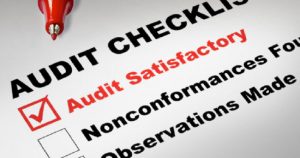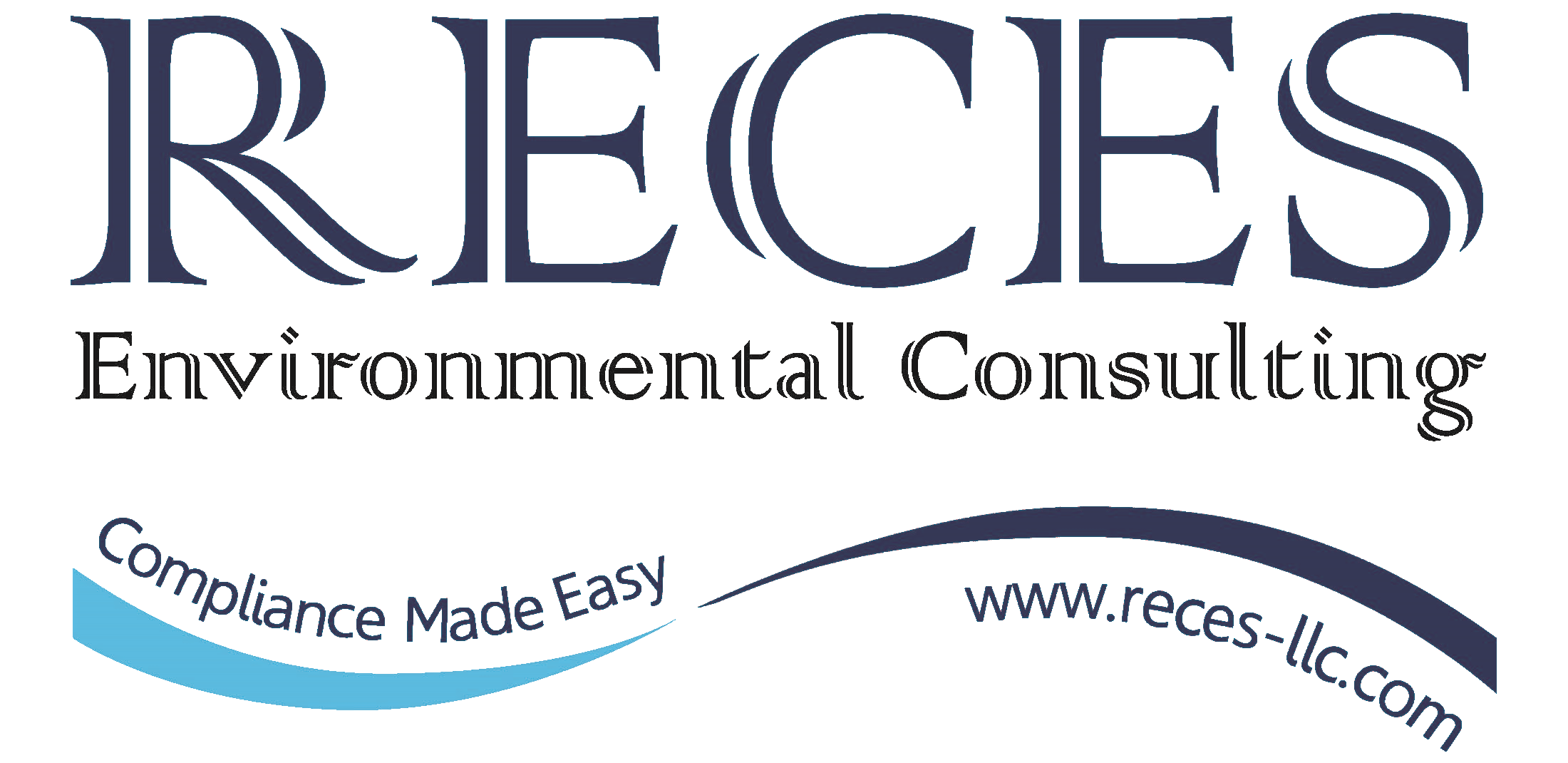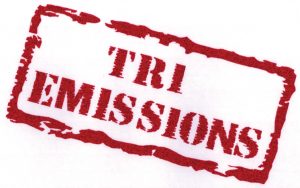One of the common themes on the RECES blog so far has been the importance of proactively maintaining compliance and performing self-audits to avoid enforcement. In our experience over the years, the companies that do so, fare much better in the sea of regulations than those that don’t. Today we are going to talk about the Texas Commission on Environmental Quality (TCEQ)’s Environmental Health and Safety Audit Privilege Act.
In 1995, the Texas Environmental, Health, and Safety Audit Privilege Act, or the Audit Act, was approved and provides certain immunities from administrative or civil penalties for any violations disclosed and corrected within a reasonable amount of time. The immunities are voided, however, if the entity fails to take appropriate action to maintain compliance.
The Audit Act provides three types of notices: a Notice of Audit, a Disclosure of Violation, and a Request for Extension. Under the Audit Act, certain documents and information gathered as part of an environmental self-audit are privileged from disclosure. The Audit Act also provides certain immunities from administrative or civil penalties for violations voluntarily disclosed and corrected within a reasonable amount of time.
 RECES recently conducted a multimedia site audit in Texas under the Audit Privilege Act. The compliance audit included air, water, and waste permit validations as well as all review of all historical regulatory documents and records. Our team worked on-site with plant personnel to coordinate the audit schedule and goals. A comprehensive dynamic task list was developed to include detailed findings and schedule of corrective actions. All audit activities were documented and along with legal collaborations, were disclosure to TCEQ as required.
RECES recently conducted a multimedia site audit in Texas under the Audit Privilege Act. The compliance audit included air, water, and waste permit validations as well as all review of all historical regulatory documents and records. Our team worked on-site with plant personnel to coordinate the audit schedule and goals. A comprehensive dynamic task list was developed to include detailed findings and schedule of corrective actions. All audit activities were documented and along with legal collaborations, were disclosure to TCEQ as required.
Numerous violations were identified and an active corrective actions plan was developed. The plant is currently operating in compliance with all local, state and federal regulations applicable to its operations. Furthermore, regulatory compliance tools were developed along with scheduled task calendar to maintain adequate records and satisfy reporting requirements.
If you have questions or comments regarding the Audit Act, or if your facility or company is considering invoking it, please feel free to contact Kevin Moin by email at kmoin@reces-llc.com or by phone at (281) 529-5087.
Together we can maintain regulatory compliance!


